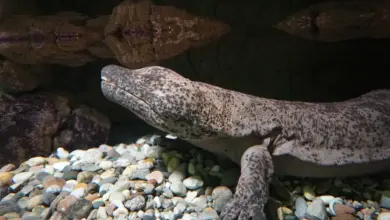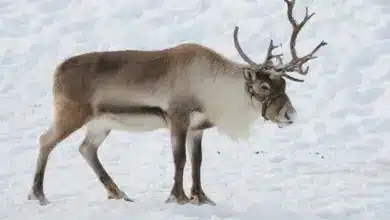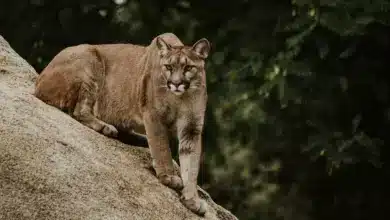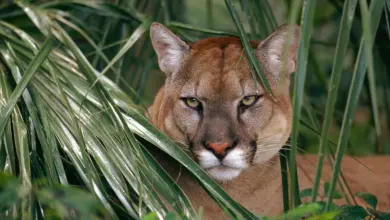Restoring Bison To America
Restoring Bison To America: Conservationists Present A Plan For Restoring Buffalo Herds
A respected international conservation organization has expressed optimism about the possibility of returning herds of American bison to a significant portion of their historic range.
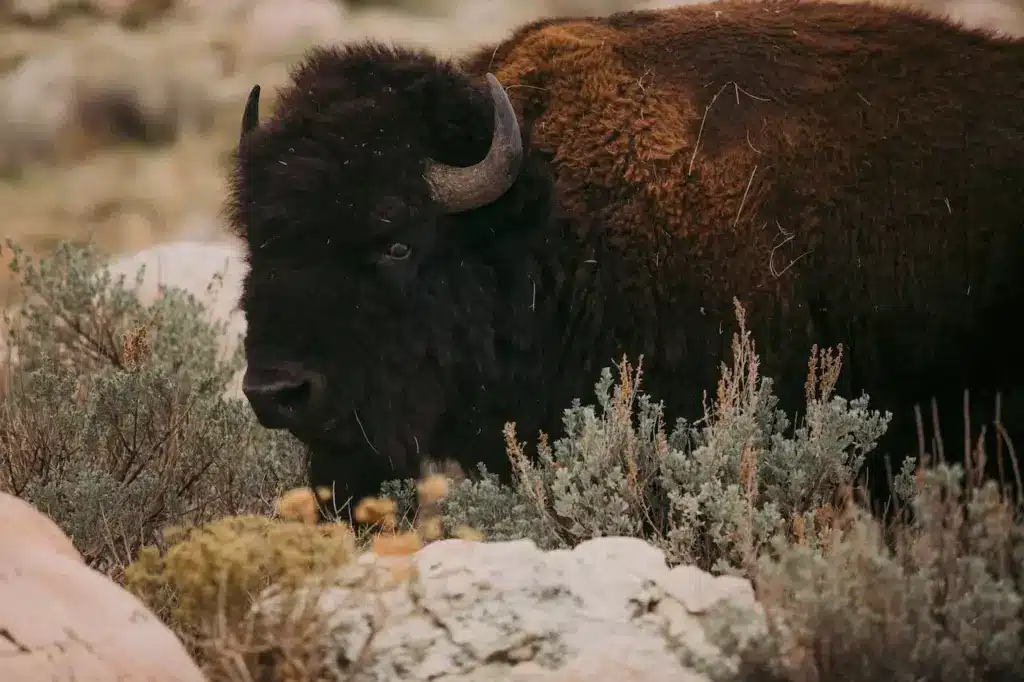
According to the International Union for the Conservation of Nature (IUCN), changes in the use of agricultural lands in the American West and Midwest have created opportunities to restore bison—popularly known as “buffalo”—which once roamed in the millions from the interior of Alaska to the plains of northern Mexico. Throughout much of their range, bison were once a keystone species, fertilizing and conditioning the soil for native grasses as well as serving as food for such predators as wolves and bears, along with numerous scavengers. The native Americans of the Western plains also depended on buffalo as a food source.
When European settlers first set eyes on the buffalo, they were astonished to see herds that stretched as far as the eye could see. The settlers erroneously assumed that their numbers were limitless.
However, within a few short decades during the late 1800’s, out-of-control market hunting drove the bison to the brink of extinction. By 1900, fewer than 30 wild plains bison (Bison bison bison) remained in a remote valley in Yellowstone National Park, while the only remaining wood bison (Bison bison athabascae) consisted of a herd of around 200 that dwelled south of Canada’s Great Slave Lake. It was only then that the US and Canadian governments took steps to preserve the few buffalo that were left.
Bison currently number around half a million, over 90 percent of which reside in commercial herds. Meanwhile, wild buffalo populations occupy around 1 percent of their former range.
But the IUCN, which is the organization that maintains the international Red List of Threatened Species, hopes to increase the number of wild bison and expand their range. The IUCN recently published a detailed blueprint for bison restoration entitled American Bison: Status Survey and Conservation Guidelines 2010.
According to the report, wild bison, which are listed on the Red List as a “Near Threatened” species, still face significant challenges which could drive them back toward extinction. However, the organization adds that land-use changes in the West and Midwest may have made it possible to begin reassembling portions of the native ecosystems that existed when bison were one of western North America’s dominant species. Those land-use changes include an ongoing trend toward the abandonment of family farms in the Great Plains region where bison once predominated.
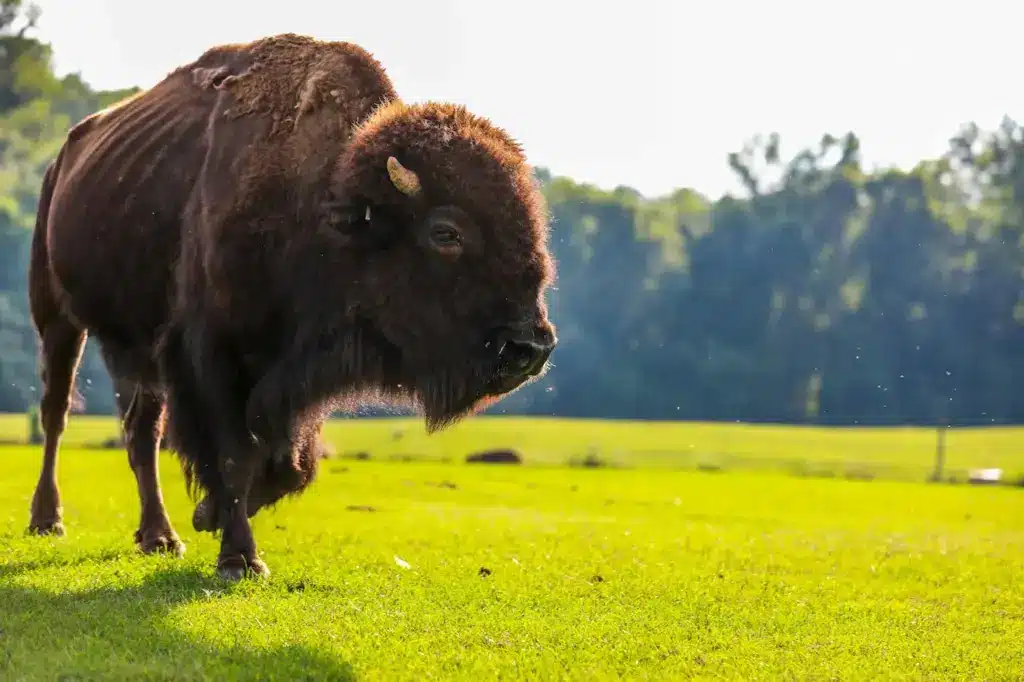
The report said, “Opportunities can be created to restore bison in ecologically effective herds roaming across extensive landscapes in all major habitats of their original range.”
The report envisions expansive patchworks of federal, state, private and Native American lands that would each provide habitat for herds of 1,000 or more wild bison. Researchers who contributed to the report foresee multiple opportunities to create these buffalo ranges over the course of the next 10 to 20 years.
However, the writers of the report caution that bison restoration can only succeed in areas where the reintroduction meets the approval of the local human population. They point out that during the 1980’s, a sweeping proposal to turn much of the Midwest into a huge “Buffalo Common” sparked widespread outrage that may have actually harmed the cause of bison restoration. The report said that bison conservationists will need to “[Engage] a broad range of public private and indigenous (Native American) partners.”
Along with the challenges of piecing together rangelands and convincing people to accept bison restoration projects, IUCN researchers say the blueprint faces some genetic challenges as well. Owing to the fact that so few bison remained at the turn of the last century, conservationists will have to keep extensive records on bison genetics to ensure that each herd contains sufficient genetic diversity—and enough “wild” genes—for survival in a completely natural environment.
In addition, many if not most, wild bison contain some genes from domestic bovines—another legacy from a time when the handful of remaining bison dwelled in close association with cattle. If possible, scientists want to make certain that only bison with no bovine heritage are used to populate the restored bison ranges of the New West.
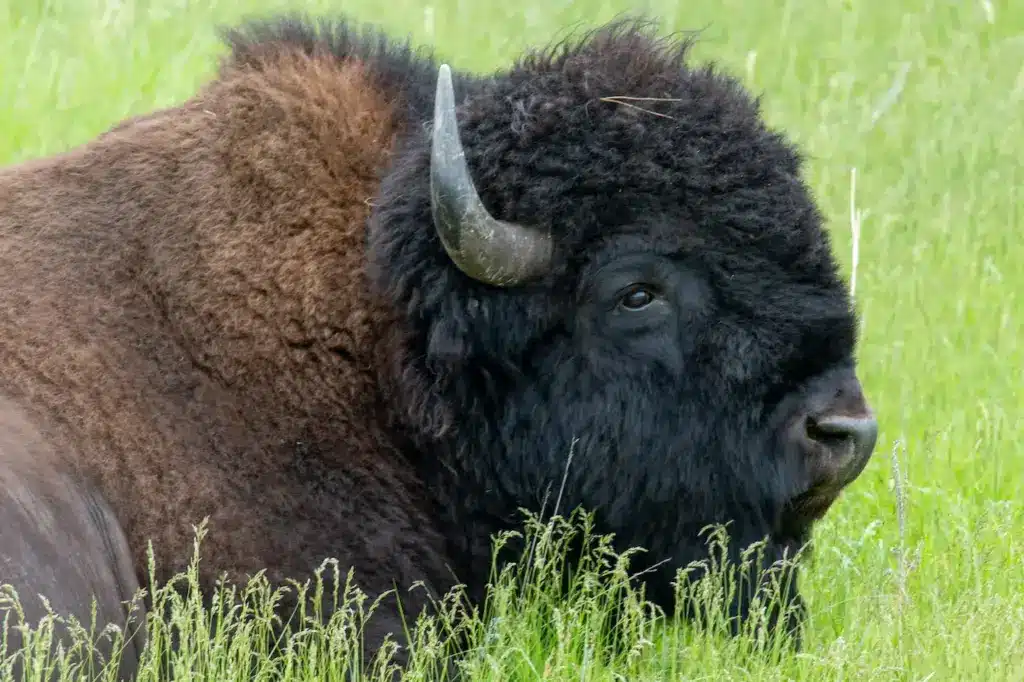
Notes
What is a buffalo, really?
True buffaloes are distant cousins of the American bison. They look very different from bison, and they live in Africa and Asia. Asian water buffalo have been domesticated and are used in some places to pull carts, wagons and plows. The African buffalo cannot be domesticated; in fact, the species has a reputation for ferocity, and among big-game hunters, it is known as “the most dangerous big-game animal in Africa” because of it’s habit of attacking when provoked.
How is a wood bison different from a plains bison?
The wood bison is larger than the plains bison, and built a bit differently. A plains bison’s shoulder hump is located directly over its forelegs, while a wood bison’s hump sits well ahead of its legs. A wood bison also has less hair on its beard and forelegs.
